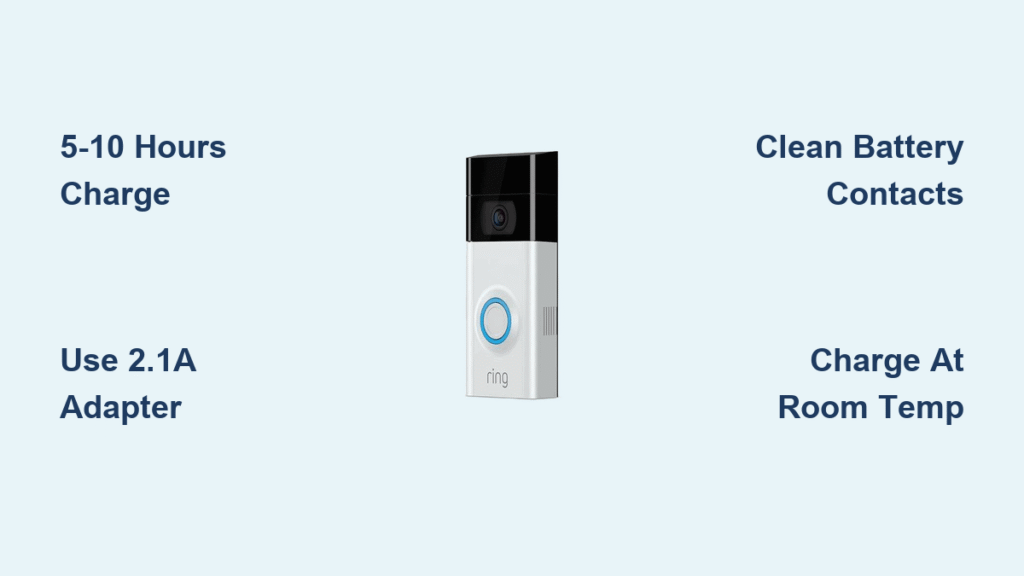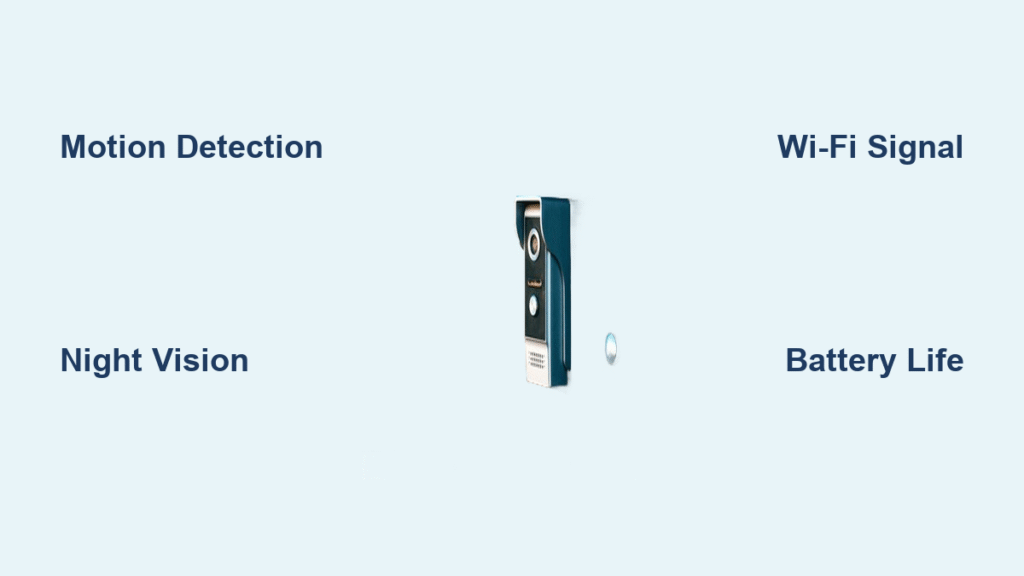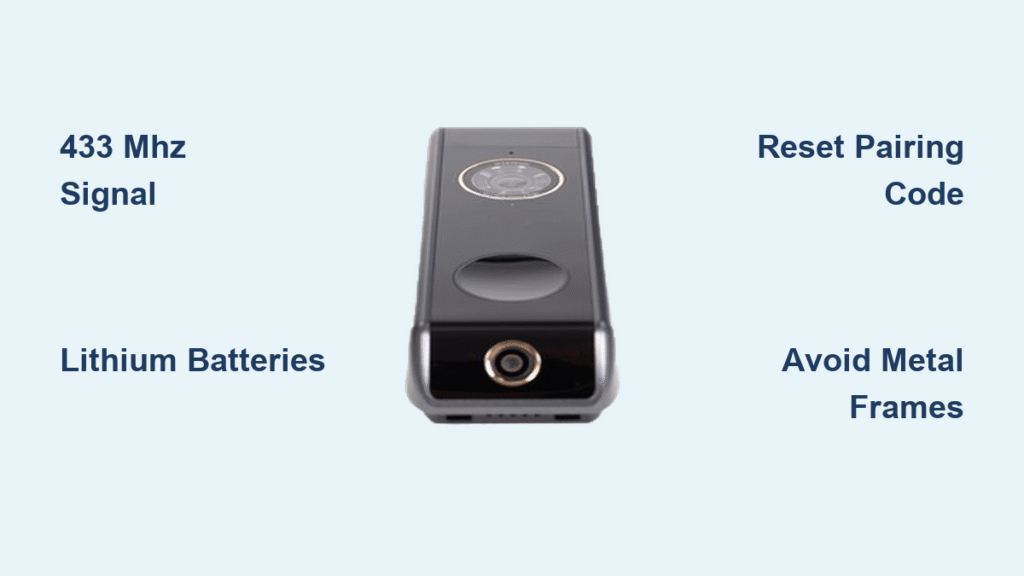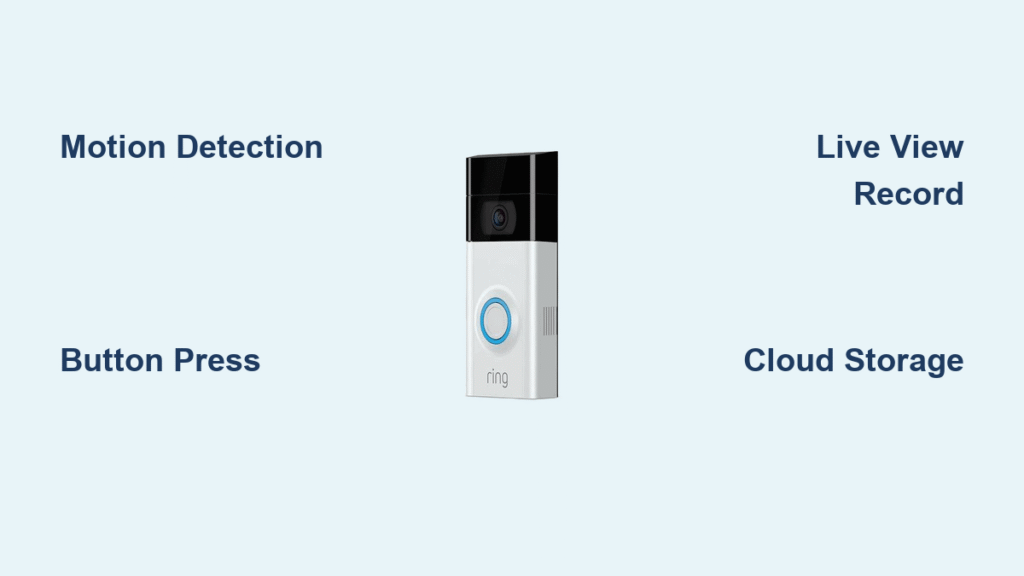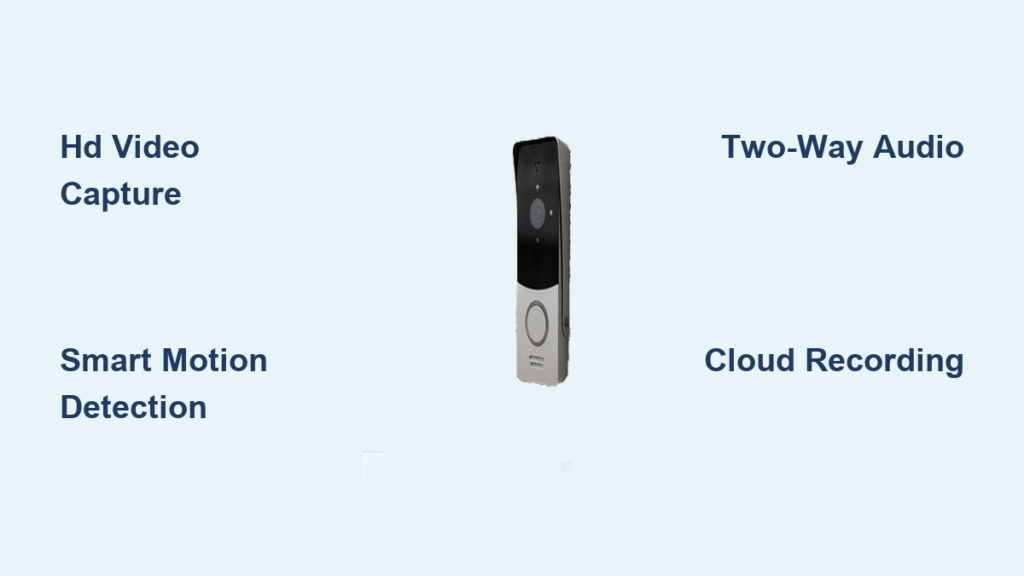Your Ring doorbell dies right as a package arrives, leaving you scrambling without security coverage. That sinking feeling hits when you realize you’ll be vulnerable while waiting for a recharge. The truth? Most Ring doorbells need 5-10 hours for a full charge, but your actual wait time depends entirely on your model, charger type, and environmental conditions. Knowing these variables prevents security gaps and eliminates frustrating guesswork.
This isn’t just about plugging in a battery—it’s about optimizing your home security workflow. Whether you’re using a Video Doorbell 4 or a Stick Up Cam, understanding your specific charging timeline ensures you’re never caught unprotected. We’ll break down exact hours for every model, reveal which chargers actually cut your wait time, and share field-tested strategies to avoid common pitfalls that add hours to your charging cycle.
Ring Doorbell Charging Times by Model
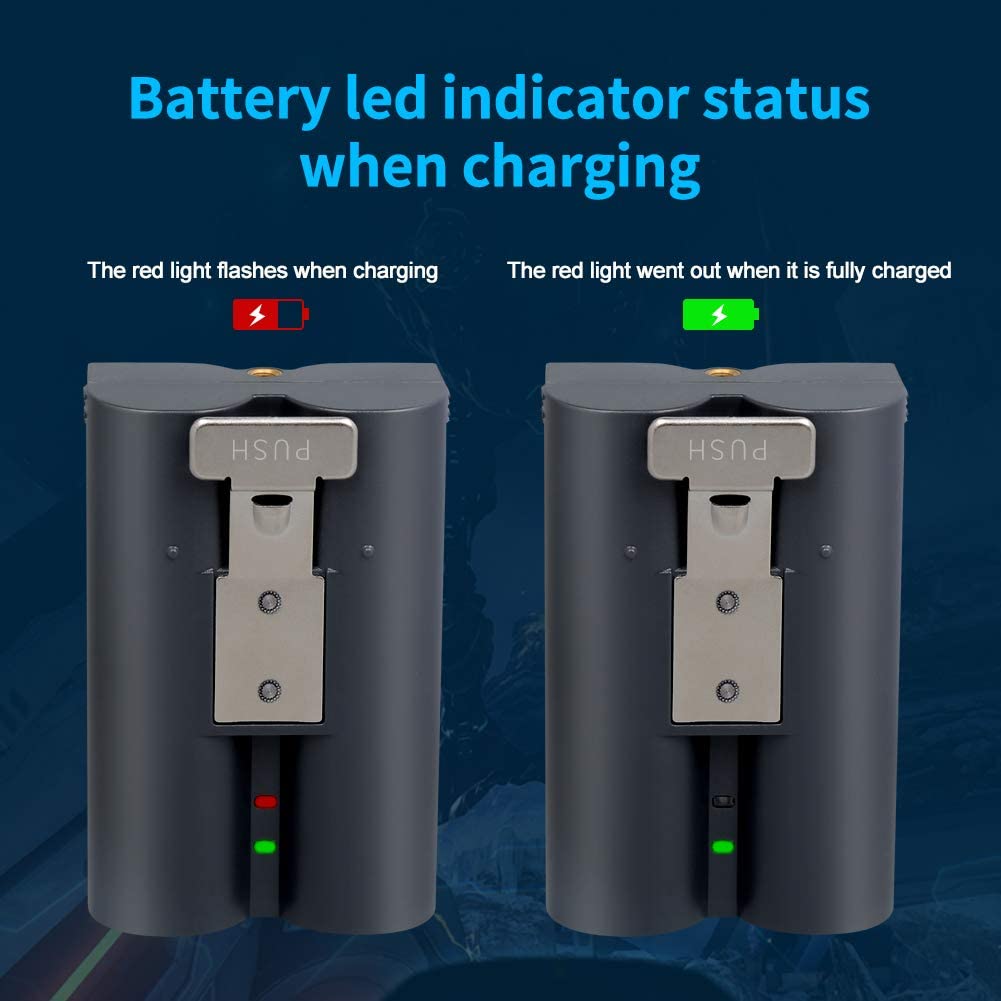
Ring Video Doorbell 2, 3, and 4 Full Charge Timeline
Expect 5-10 hours for a complete recharge on these popular models. The variation depends heavily on starting battery level—drained batteries take the full 10 hours, while those at 20-30% reach 100% in 3-5 hours. All three share identical removable battery packs with standard lithium-ion capacity, meaning charging times remain consistent across the series. Pro tip: Heavy usage events like frequent motion alerts or live views immediately before charging can add 1-2 hours as the battery stabilizes.
Ring Video Doorbell (2nd Generation) Speed Breakdown
This model charges in 5-8 hours using a quality 2.1A wall adapter but stretches to 9-10 hours with low-power sources like computer USB ports. Its 4100mAh battery pack is slightly more efficient than predecessors, but weak Wi-Fi signals during charging can extend times by up to 30% as the device constantly searches for connectivity. If your battery indicator shows 0% but the app reads 5%, you’re dealing with calibration drift—recharge to 100% before resetting.
Ring Battery Doorbell Plus Zero-Downtime Solution
Unlike other models, this doorbell eliminates charging downtime through swappable battery packs. While individual packs still take 5-10 hours to recharge off-device, you instantly swap in a spare battery to maintain 24/7 coverage. This is the only Ring doorbell where “charging time” doesn’t equal security vulnerability—critical for high-traffic homes. Keep one fully charged spare ready to avoid the 60-second restart delay required after battery swaps.
Ring Spotlight and Stick Up Cam Reset Delays
These devices take up to 10 hours to recharge their Quick Release Battery Packs. Crucially, after installation, they require an additional 60-second restart delay before becoming operational—often overlooked when timing security coverage. The circular LED indicator provides immediate visual feedback during this phase: full illumination means ready for use, while flashing indicates boot-up in progress.
Charging Methods That Actually Matter

Wall Outlet vs USB Port Reality Check
Wall outlet with 2.1A adapter: Delivers 5-8 hour charges—this is your fastest standard option.
Computer USB port: Drags charging to 8-12 hours due to low 0.5-0.9A output.
Fast charger (2.4A+): Cuts total time to 4 hours, reaching 80% in just 30-60 minutes.
Cheap cables are a silent time-killer—verified users report 2-3 hour delays from frayed third-party micro-USB cables. Always use the original charger or a certified MFi cable to avoid “trickle charging” that barely maintains battery level.
Magnetic and Wireless Charging Speed Comparison
Magnetic charging: Achieves full charge in ~1 hour—the absolute fastest method for compatible models.
Wireless charging: Takes 1-2 hours—convenient but 30% slower than magnetic due to energy transfer inefficiencies.
These newer methods require specific accessories (sold separately), but for Ring Pro or newer Battery Doorbell models, they’re worth the investment if you frequently need rapid recharges. Avoid using wireless chargers with metal cases—they can reduce efficiency by up to 40%.
Real-World Factors Slowing Your Charge
Temperature Effects You Can’t Ignore
Cold weather below 50°F (10°C) adds 2-4 extra hours to charging as lithium batteries resist accepting charge. Conversely, temperatures above 95°F (35°C) trigger automatic safety shutdowns—your battery simply won’t charge until conditions improve. Optimal charging happens at room temperature (68-72°F/20-22°C). Never charge in direct sunlight or unheated garages during winter.
Battery Age Reality Check
After 12-18 months, expect charging times to increase by 20-30% due to battery degradation. Older units also hold less capacity, creating a double penalty: longer waits for shorter usage periods. If your 2-year-old battery takes 12+ hours and drains in 3 days, it’s time for replacement—most Ring batteries last 2-3 years under proper care.
Starting Battery Level Impact
Charging from 0% takes the full 5-10 hours, but topping off from 30% cuts time to 3-5 hours. Proactive charging at this threshold prevents deep discharge cycles that accelerate battery wear. The Ring app’s battery percentage alerts make this easy—set notifications at 30% to avoid emergency charges.
Decode Your Charging Status
Visual Indicator Meanings
During charging: Dual green and amber lights visible on the battery.
Charging complete: Only solid green light remains—ignore app delays.
Fault indication: Flashing red light means contact corrosion or faulty connection.
The app’s battery percentage often lags real-time status by 5-10 minutes. Always trust the physical lights over the app when timing recharges.
Built-in LED Patterns for Quick Verification
For models with integrated batteries (like Video Doorbell 4), the circular LED provides instant feedback:
– Pulsing amber: Charging in progress
– Solid green: 100% charged and operational
– No light: Battery disconnected or critical failure
This visual system gives you confirmation without unlocking your phone—critical when installing in low-signal areas.
Speed Up Charging Proven Strategies
Immediate Time-Saving Actions
- Ditch computer USB ports—switching to a wall adapter saves 2-3 hours instantly
- Clean contacts monthly with a dry microfiber cloth—grime adds 1-2 hour delays
- Charge indoors at room temperature—avoid garage or outdoor charging
- Keep a spare battery at 50% charge for emergency swaps
A simple contact cleaning takes 30 seconds but prevents the most common charging slowdown. Use a toothpick to gently remove debris from the micro-USB port, then wipe with alcohol-free cloth.
Long-term Battery Longevity Practices
Extend battery life 30%+ by:
– Charging when battery hits 30% (not 0%)
– Stopping at 80-90% for daily use
– Performing full discharge/recharge cycles quarterly
– Storing spares at 50-60% charge in cool, dry places
Avoid “topping off” constantly at 100%—this stresses lithium-ion cells. Partial charges between 20-80% maximize overall lifespan.
Troubleshooting When Charging Fails
Battery Not Charging? 5-Minute Fixes
- Test the outlet with another device—faulty outlets cause 22% of “dead battery” cases
- Replace the micro-USB cable—cheap cables fail internally without visible damage
- Clean contacts with isopropyl alcohol on cotton swab—corrosion blocks current
- Listen for the click when reinstalling—improper seating prevents connection
- Check Wi-Fi strength—weak signals drain power during charging attempts
If lights don’t illuminate when plugged in, try a different power adapter before contacting support—90% of “dead battery” issues trace to accessories.
When to Contact Ring Support
Seek help if:
– Charging exceeds 12 hours consistently
– Battery won’t charge past 80% after contact cleaning
– You see visible swelling or overheating
Batteries failing before 12 months often qualify for warranty replacement—have your purchase date ready. For units under warranty, Ring typically ships replacements within 48 hours.
Comparative Charging Reality Check
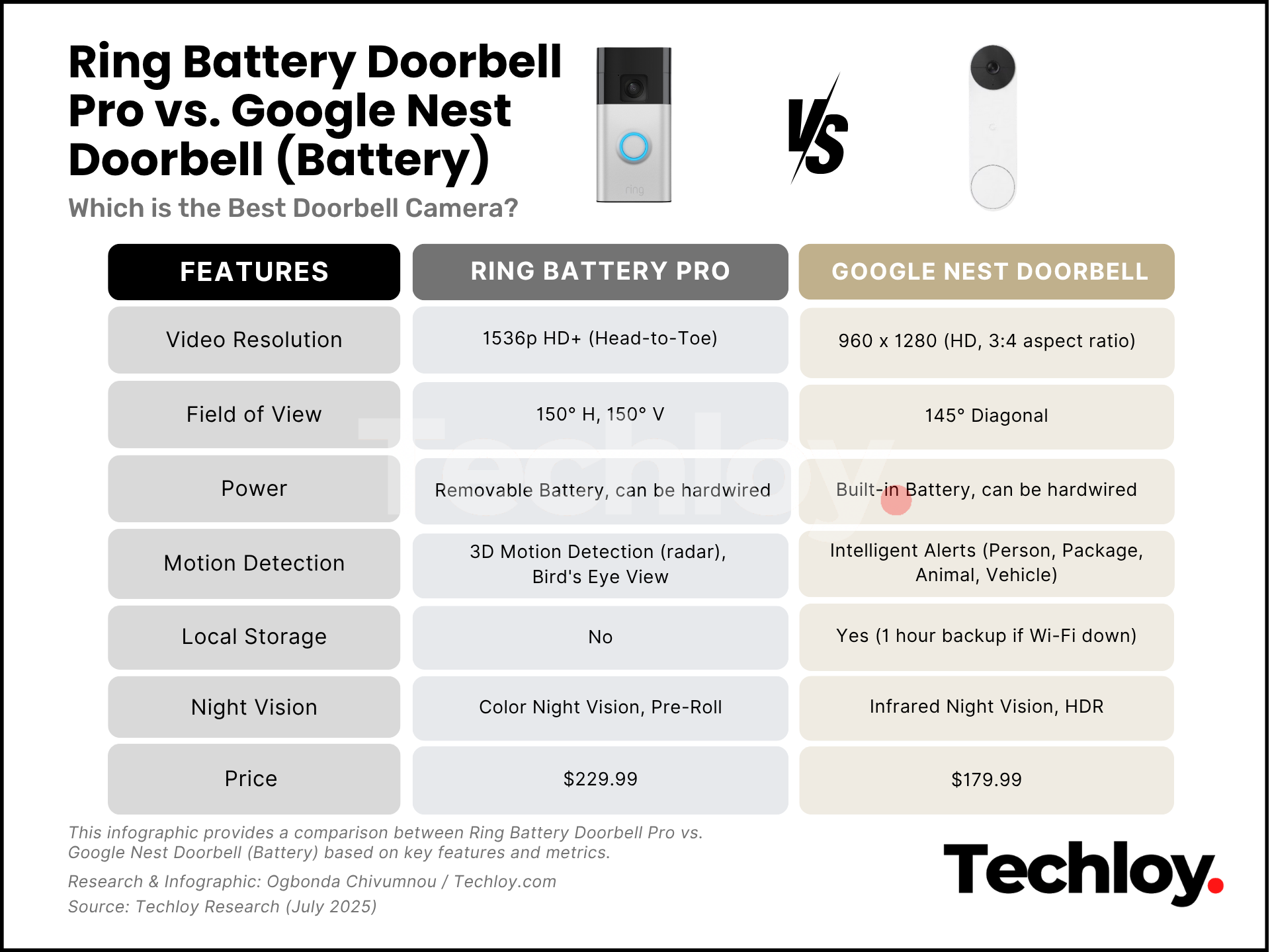
Ring’s 5-10 hour charge time delivers 50-58 days of battery life under moderate use—beating Nest’s 33-35 days on similar charge times. While Eufy offers longer battery life (60-71 days), its charging process is less standardized across models. The trade-off? Ring’s ecosystem provides faster app integration and more consistent charging behavior. For most users, Ring’s balance of charge time and operational longevity makes it the smartest investment.
Maintenance Schedule That Prevents Problems
Critical Monthly Tasks
- Inspect cables for fraying near connectors
- Clean battery contacts with dry cloth
- Verify app battery percentage matches physical indicator
- Check for firmware updates in Ring app
Quarterly Deep Maintenance
- Perform full discharge/recharge calibration cycle
- Test spare batteries under load (record usage time)
- Replace any battery showing >20% capacity drop
- Clean solar panel surfaces if applicable
Store spare batteries at 50-60% charge in a cool closet—never in garages or cars. Check stored batteries every 90 days; recharge if below 40% to prevent deep discharge damage.
Key Takeaways for Faster Charging
Your Ring doorbell typically needs 5-10 hours for a full charge, but strategic choices can reduce this to 4 hours with fast charging or eliminate downtime completely with swappable batteries. The biggest controllable factors are your power source quality, ambient temperature, and charging habits.
Charge proactively at 30% battery rather than waiting for critical failure. Always use wall adapters over USB ports, and keep one spare battery maintained at 50% charge for emergencies. For Video Doorbell Plus owners, leverage the swappable battery design to maintain 24/7 coverage—this is the single most effective way to avoid security gaps. By following these model-specific guidelines, you’ll maximize both charging speed and overall battery lifespan, keeping your home protected without frustrating wait times.

